
Eastern Cemetery Giza
Discover the mastaba tombs of royal family and high officials, offering a profound glimpse into Old Kingdom society and funerary practices.
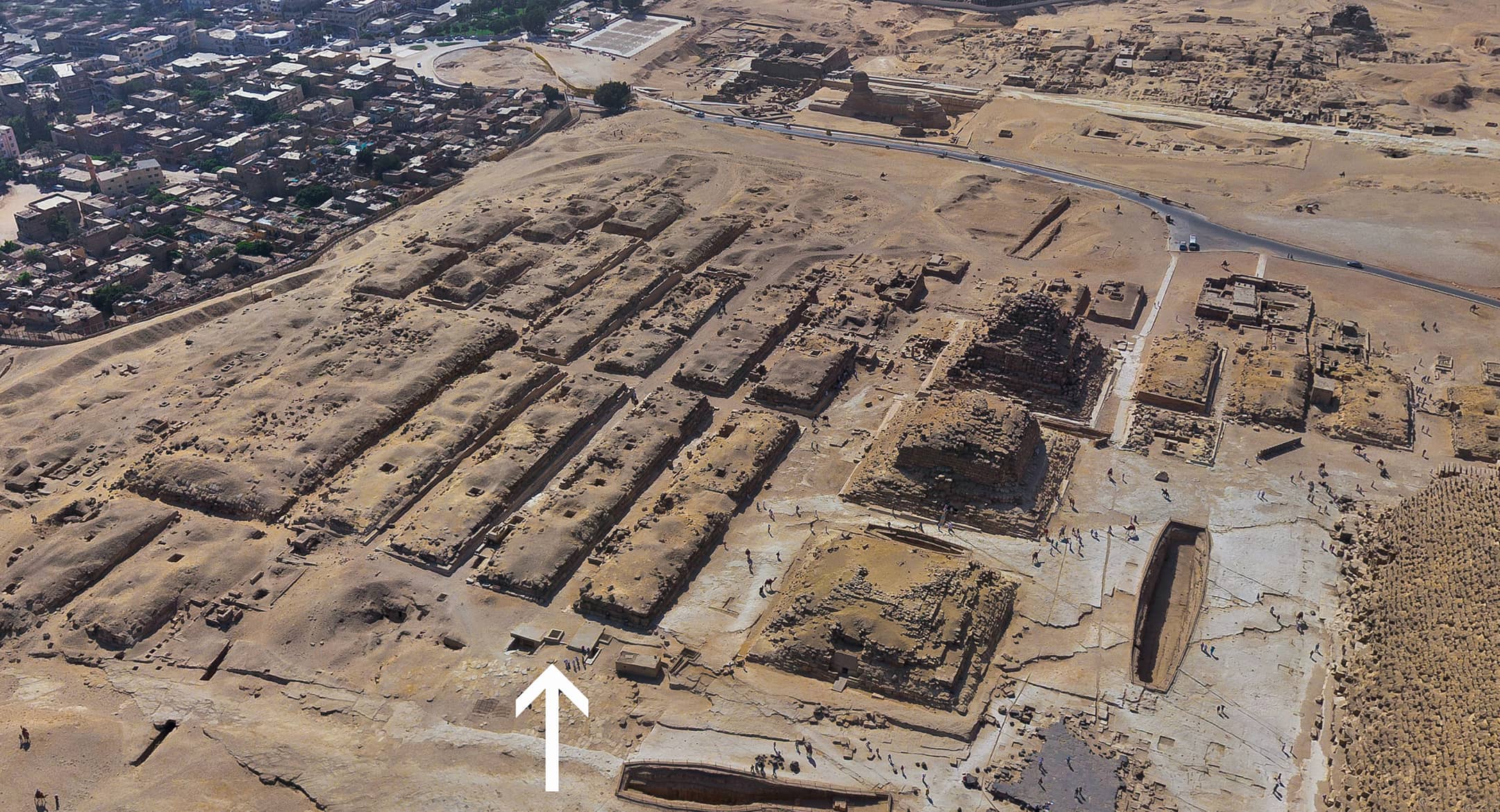
Highlights
Must-see attractions
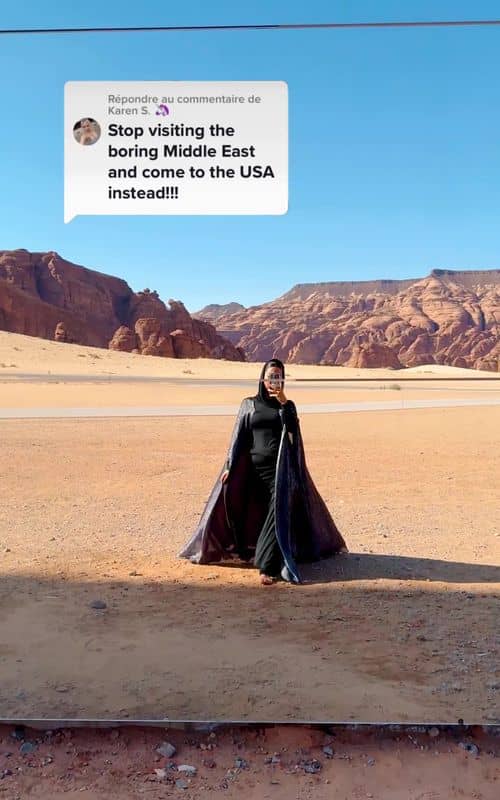
Social
From TikTok & Reddit
Best Time
Beat the heat and crowds

Eastern Cemetery Giza
Best Time
Beat the heat and crowds

Highlights
Must-see attractions
Discover the mastaba tombs of royal family and high officials, offering a profound glimpse into Old Kingdom society and funerary practices.
"A place of silence, reverence, and hidden majesty, holding the tombs of those who stood near the great pharaohs."

Go with a Guide
A knowledgeable guide can unlock the history and significance of the tombs, making the experience richer.
Politely Decline Offers
Be prepared for locals offering tours or photos; a firm but polite 'no thank you' is usually effective.
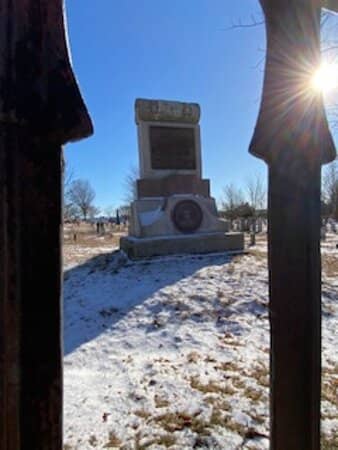
Highlights
Discover the most iconic attractions and experiences
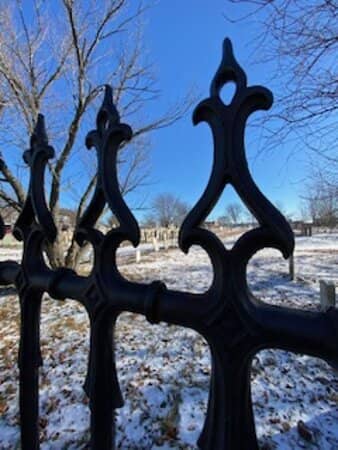
Mastaba Tombs
Eastern side of the Great Pyramid of Khufu
Explore the ancient mastabas, the final resting place for Khufu's sons, daughters, and court elites. Witness the sloping sides and flat roofs of these significant structures.

Prince Kawab's Mastaba
Eastern Cemetery
Discover the impressive mastaba of Prince Kawab, Khufu's son and heir, a testament to his royal status and the importance of proximity to the pharaoh.
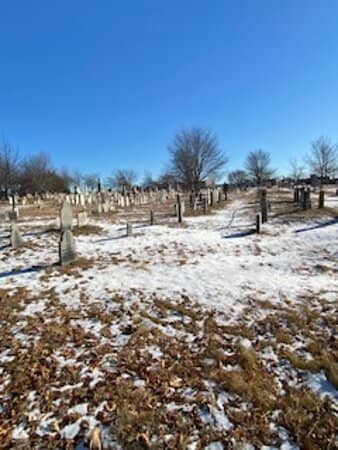
Inscriptions and Reliefs
Within the tombs
Examine the detailed carvings and reliefs that offer insights into court life, religious beliefs, and the funerary practices of the Old Kingdom elite.
Plans like a pro.
Thinks like you
Planning Your Visit
Understand the Context
Navigating the Site
Best Times
Insider Tips
from TikTok, Instagram & Reddit
Go with a Guide
A knowledgeable guide can unlock the history and significance of the tombs, making the experience richer.
Politely Decline Offers
Be prepared for locals offering tours or photos; a firm but polite 'no thank you' is usually effective.
Wear Comfortable Shoes
You'll be walking on uneven terrain, so sturdy footwear is essential for exploring the cemetery. :athletic_shoe:
Stay Hydrated
Carry plenty of water, especially during warmer months, as facilities can be limited. :droplet:
Tips
from all over the internet
Go with a Guide
A knowledgeable guide can unlock the history and significance of the tombs, making the experience richer.
Politely Decline Offers
Be prepared for locals offering tours or photos; a firm but polite 'no thank you' is usually effective.
Wear Comfortable Shoes
You'll be walking on uneven terrain, so sturdy footwear is essential for exploring the cemetery. :athletic_shoe:
Stay Hydrated
Carry plenty of water, especially during warmer months, as facilities can be limited. :droplet:
Respect the Site
Remember this is a sacred burial ground. Treat the tombs and surrounding areas with respect. :pray:
What Travellers Say
Reviews Summary
Visitors find the Eastern Cemetery a place of 'silence, reverence, and hidden majesty,' offering a deeper understanding of ancient Egyptian society beyond the grandeur of the pyramids. While some find it small with not much to see, others appreciate the historical weight and the chance to connect with the legacy of those who stood beside the pharaohs. The experience can be enhanced by knowledgeable guides, though unsolicited local interactions are a common point of contention.
"Our tour guide brought us to this place and gave us free time to go in and explore, once we walked inside, some local with really poor English started to explain I think history of this place saying something about engineer that was living here, no idea as it was impossible to understand a word he said, he asked do we want a group photo, which we said, ok. It is a small space and not much to see in here. On the way out he asked for a tip for his ‘help’ which was strange, but seems a common practice everywhere around Egypt. It would be much nicer experience to explore this place on our own without those people who quite possibly are not even a staff working at this historical site."
Urszula Jdr
"The Eastern Cemetery at Giza, located to the east of the Great Pyramid of Khufu, is one of the oldest and most significant burial grounds in ancient Egypt. This cemetery primarily served as the final resting place for members of the royal family and high-ranking officials during the Fourth Dynasty (circa 2600 BCE). It consists mainly of mastabas—flat-roofed, rectangular tombs with sloping sides—built for Khufu’s sons, daughters, and court elites.
The layout of the Eastern Cemetery reflects the importance of proximity to the pharaoh. Tombs closer to the Great Pyramid were typically reserved for individuals of higher status, indicating a social hierarchy even in death. Among the most notable tombs is that of Prince Kawab, Khufu’s son and heir apparent, whose large mastaba underscores his royal status.
Archaeological discoveries in the Eastern Cemetery, including inscriptions, statues, and reliefs, provide valuable insight into court life, religious beliefs, and funerary practices of the Old Kingdom. The cemetery’s organization and construction techniques also illustrate early developments in pyramid complex planning.
Overall, the Eastern Cemetery is a critical component of the Giza Plateau, offering a deeper understanding of ancient Egyptian society and the enduring legacy of the Fourth Dynasty elite."
Sudip Gh
"An imaginary scene, but the people and those responsible for the actions there are rubbish. Zero attention and care"
αιμορραγική καρδιά
What People Like
What People Dislike
Frequently Asked Questions
🚇 🗺️ Getting There
The Eastern Cemetery is located on the Giza Plateau, east of the Great Pyramid of Khufu. It's best accessed as part of a guided tour of the Giza Pyramids complex or by hiring a taxi/ride-share to the main pyramid entrance. From there, you can walk to the cemetery area.
Generally, access to the Eastern Cemetery is included within the general admission ticket for the Giza Pyramids complex. However, it's always best to confirm current ticketing policies upon arrival.
Private vehicles are typically restricted to designated parking areas around the Giza Pyramids. You will likely need to walk from the parking to the cemetery.
The Eastern Cemetery is well-marked on most maps of the Giza complex. If you have a guide, they will lead you. Otherwise, follow signs pointing towards the Great Pyramid and then look for the burial grounds to its east.
Yes, local buses operate from Cairo to the Giza Pyramids. However, they can be crowded and less direct. Taxis or ride-sharing apps are generally more convenient for tourists.
🎫 🎫 Tickets & Entry
The Eastern Cemetery generally follows the operating hours of the Giza Pyramids complex, which are typically from early morning until sunset. It's advisable to check the official timings before your visit.
Entry to the Eastern Cemetery is usually covered by the main Giza Pyramids entrance fee. There might be separate tickets for entering specific tombs within the cemetery, so inquire on-site.
For general access to the Giza Pyramids and the Eastern Cemetery, advance booking is often not required, but it can save time. For specific tomb entries, booking might be necessary.
Standard restrictions for archaeological sites apply, such as no drones, large bags, or food/drinks in certain areas. Check official guidelines for the most up-to-date information.
The terrain around the Eastern Cemetery can be uneven and sandy. While some areas might be accessible, it's recommended to check with your tour operator or site management for specific accessibility information.
🎫 🧭 Onsite Experience
The Eastern Cemetery features numerous mastaba tombs belonging to royal family members and high officials of the Fourth Dynasty. You can see the architectural styles, inscriptions, and reliefs that offer insights into ancient Egyptian life and beliefs.
Allocate at least 1-2 hours to explore the Eastern Cemetery, especially if you're interested in the details of the tombs and their historical significance. This allows time for reflection and photography.
Yes, licensed guides are available for hire at the Giza Pyramids complex. While some locals may approach you offering tours, it's recommended to use official guides for accurate information.
Photography rules can vary. Generally, photos are allowed in the open areas of the cemetery, but inside tombs, it might be restricted or require an additional photography permit. Always check signage and ask permission.
The Eastern Cemetery is significant as it provides crucial information about the social hierarchy, religious practices, and funerary customs of the Old Kingdom elite, particularly those connected to Pharaoh Khufu.
🍽️ 🍽️ Food & Dining
There are usually kiosks and small cafes within the Giza Pyramids complex selling drinks and snacks. For more substantial meals, you'll find restaurants outside the main entrance or in nearby hotels.
While water is generally permitted, bringing large amounts of food might be discouraged. It's best to consume meals outside the immediate archaeological site.
You can find traditional Egyptian cuisine, including koshary, falafel, grilled meats, and various stews. Many restaurants offer both local and international dishes.
Yes, several restaurants and rooftop cafes in the Giza area offer stunning views of the pyramids, especially during sunset. These can be a bit pricier but offer a memorable dining experience.
While tempting, it's generally recommended to stick to established restaurants or cafes to avoid potential stomach issues. If you do try street food, ensure it's freshly prepared and hot.
📸 📸 Photography
The mastaba tombs themselves offer great photographic opportunities. The interplay of light and shadow on the ancient stone, especially during sunrise or sunset, is particularly striking.
No, drone photography is strictly prohibited within the Giza Pyramids complex, including the Eastern Cemetery, for security and preservation reasons.
Early morning or late afternoon provides the best lighting for photography, with softer shadows and a warmer glow on the ancient structures.
Capture the scale of the mastabas against the sky, the intricate details of any visible inscriptions, and the overall layout of the cemetery reflecting its historical importance.
Use a wide-angle lens to capture the scale, and consider a tripod for low-light conditions. Adjust your white balance to capture the warm tones of the stone.
For Different Travelers
Tailored advice for your travel style
👨👩👧 Families with Kids
Keep the visit relatively short to maintain their attention. Highlight any visible carvings or interesting shapes on the tombs. Ensure they wear comfortable shoes for walking on uneven ground and have plenty of water. Consider a guide who can make the history more accessible and interactive for younger audiences.
🏛️ History Buffs & Archaeology Enthusiasts
Consider hiring a specialized Egyptologist guide who can provide in-depth historical context and point out significant features that might be missed by a general tourist. Researching the prominent figures buried here beforehand, such as Prince Kawab, can enhance your appreciation of the site's importance.
🚶 Solo Travelers
Consider using a good guidebook or an audio tour app to gain historical context. If you prefer company or more detailed information, joining a small group tour for the Giza complex can be a good option, allowing you to engage with a guide and fellow travelers when you choose.
Deep Dives
In-depth insights and expert knowledge
The Significance of Mastabas
The construction of these mastabas involved massive stone blocks, some weighing tons, requiring significant labor and engineering skill. Archaeologists have uncovered inscriptions, reliefs, and artifacts within these tombs that provide invaluable insights into the lives, beliefs, and funerary rituals of the ancient Egyptians who served the pharaohs. These discoveries help us understand the administration, religious practices, and daily life of this pivotal era in Egyptian history.
Exploring the Eastern Cemetery allows visitors to connect with the individuals who lived and died in the shadow of the pyramids. It offers a more intimate perspective on ancient Egyptian society, moving beyond the monumental scale of the pyramids themselves to understand the people who built and inhabited this sacred landscape. It's a place where legacy, loyalty, and the human longing for eternity are palpable.
Navigating Unsolicited Guides
Travelers often advise a polite but firm refusal. Phrases like 'La, shukran' (No, thank you) in Arabic can be effective. If you desire a guide, it is highly recommended to arrange one through your hotel, a reputable tour operator, or the official ticket office to ensure you receive accurate historical information and avoid potential scams.
Some visitors find that having a pre-booked guide or exploring independently with a good guidebook and map allows for a more controlled and enjoyable experience. The key is to be prepared for these interactions and to have a clear plan for how you wish to explore the site.
Historical Context and Discovery
Archaeological excavations in the Eastern Cemetery have yielded significant findings, including well-preserved mastaba tombs, inscriptions detailing the lives and titles of the deceased, and various artifacts that shed light on the religious beliefs and funerary practices of the Old Kingdom. The discovery of Prince Kawab's large mastaba, for instance, highlights his prominent position as Khufu's heir apparent.
These discoveries are vital for understanding the administration and social structure of the pyramid-building era. The cemetery is not just a collection of ancient graves; it's a window into the lives of the people who were instrumental in creating one of the world's most enduring wonders. It provides a human element to the grandiosity of the pyramids, revealing the complex society that supported such monumental undertakings.
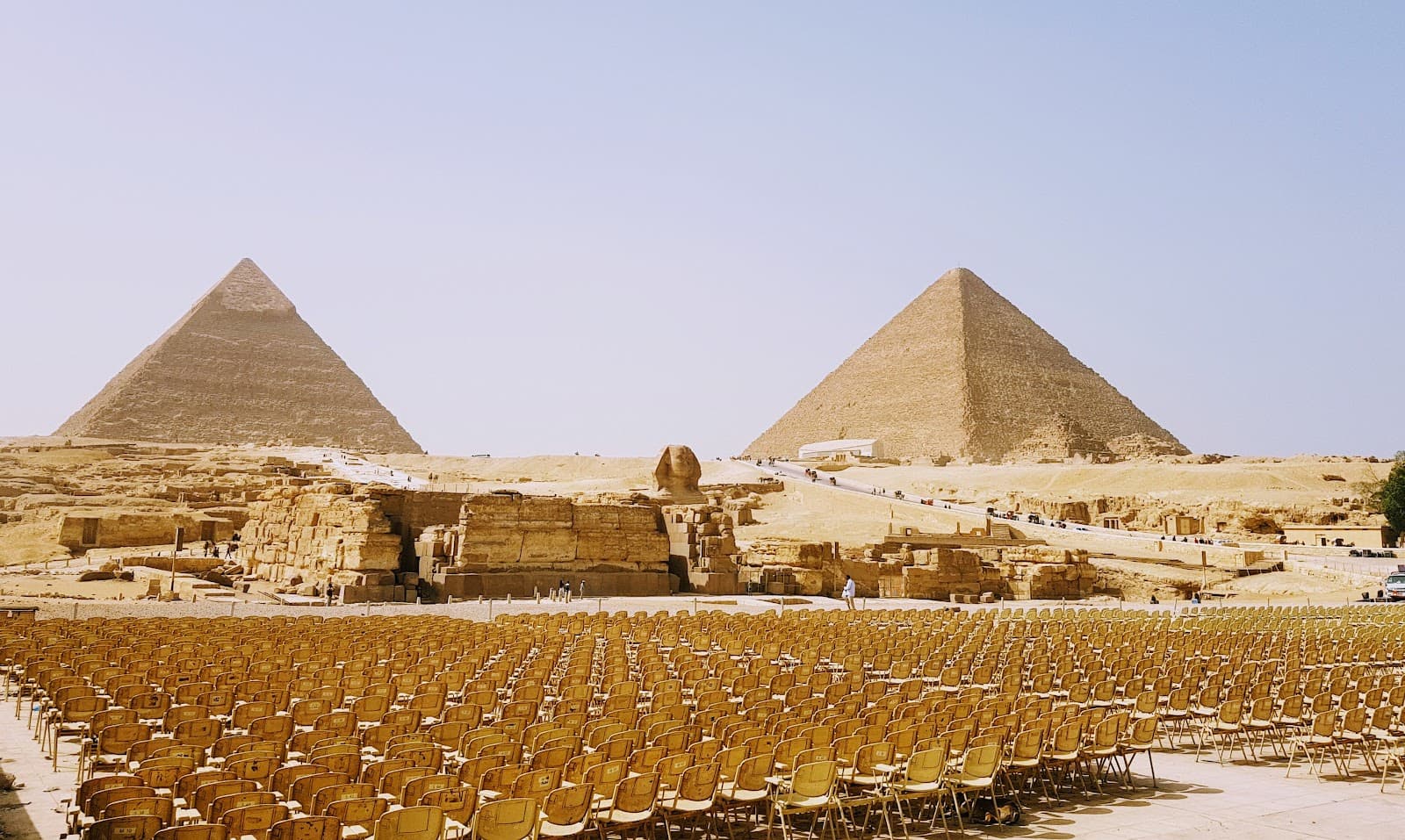

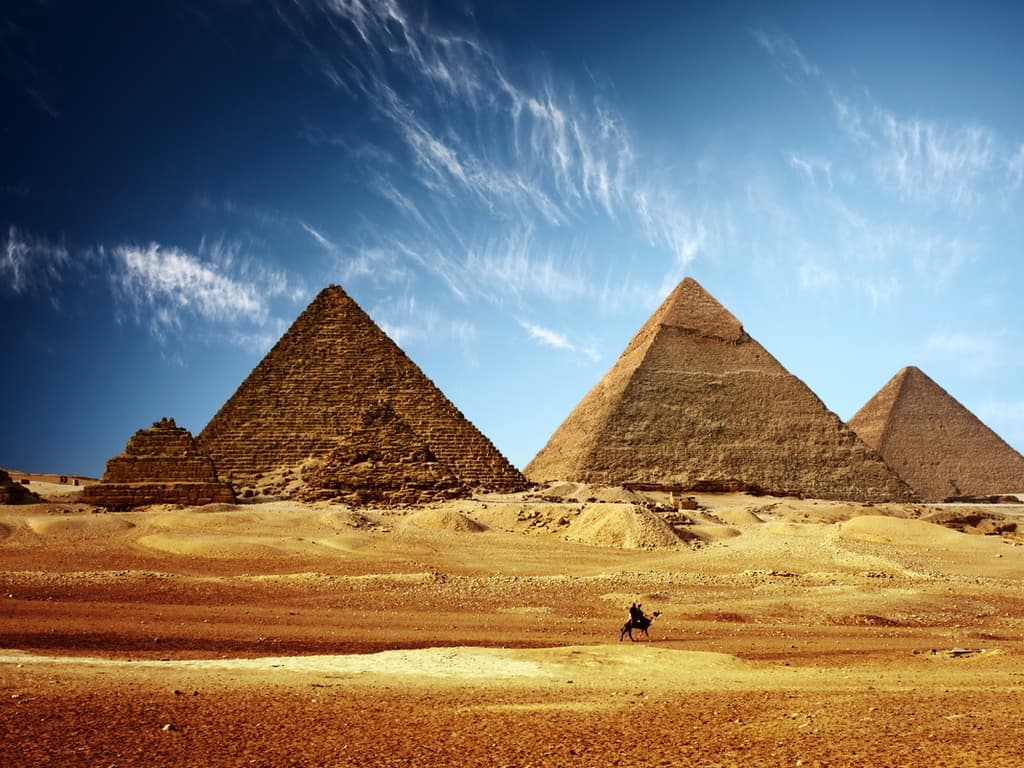
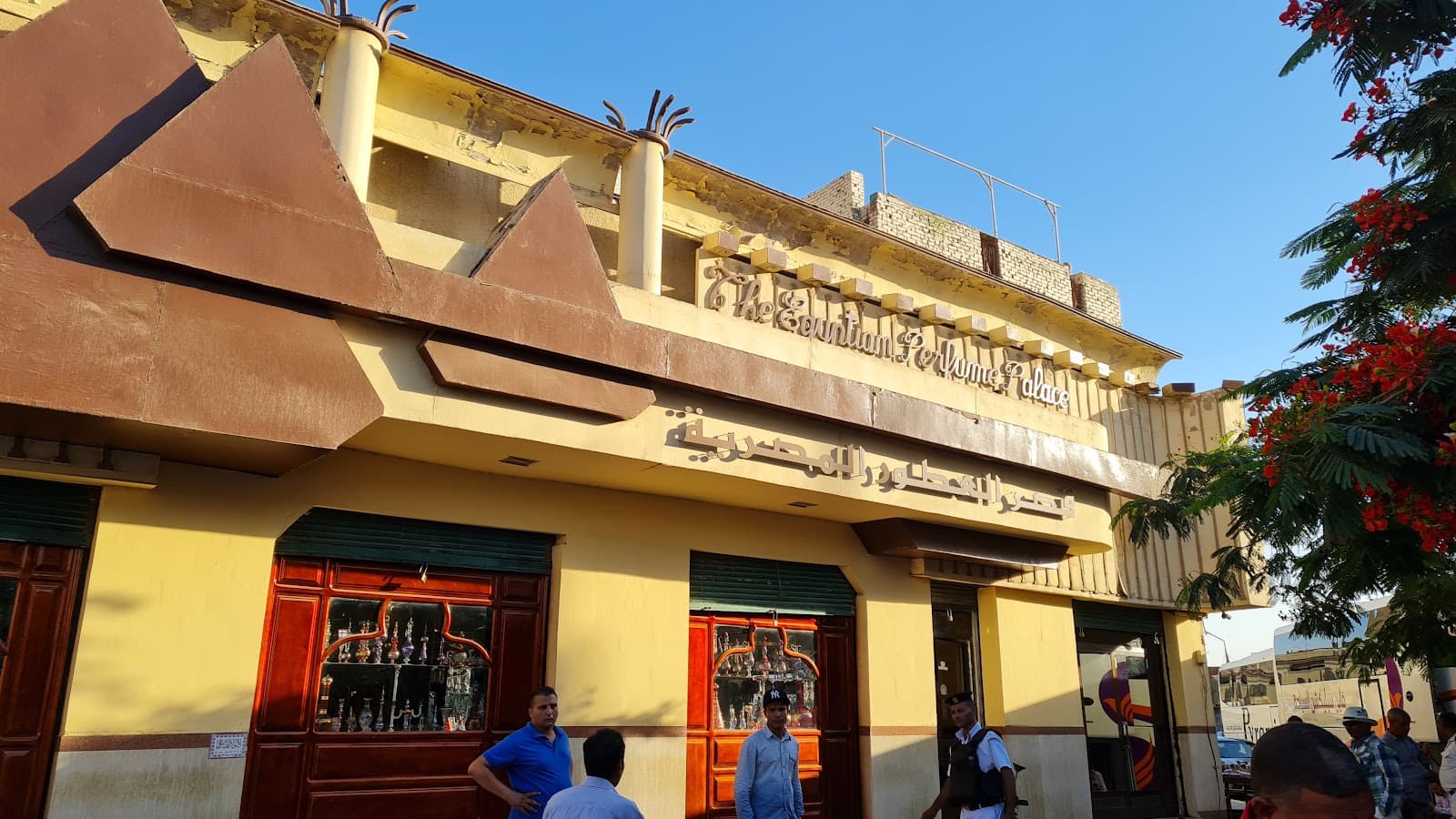
Social
from TikTok, Instagram & Reddit